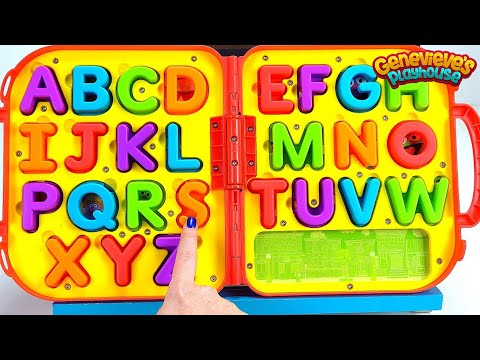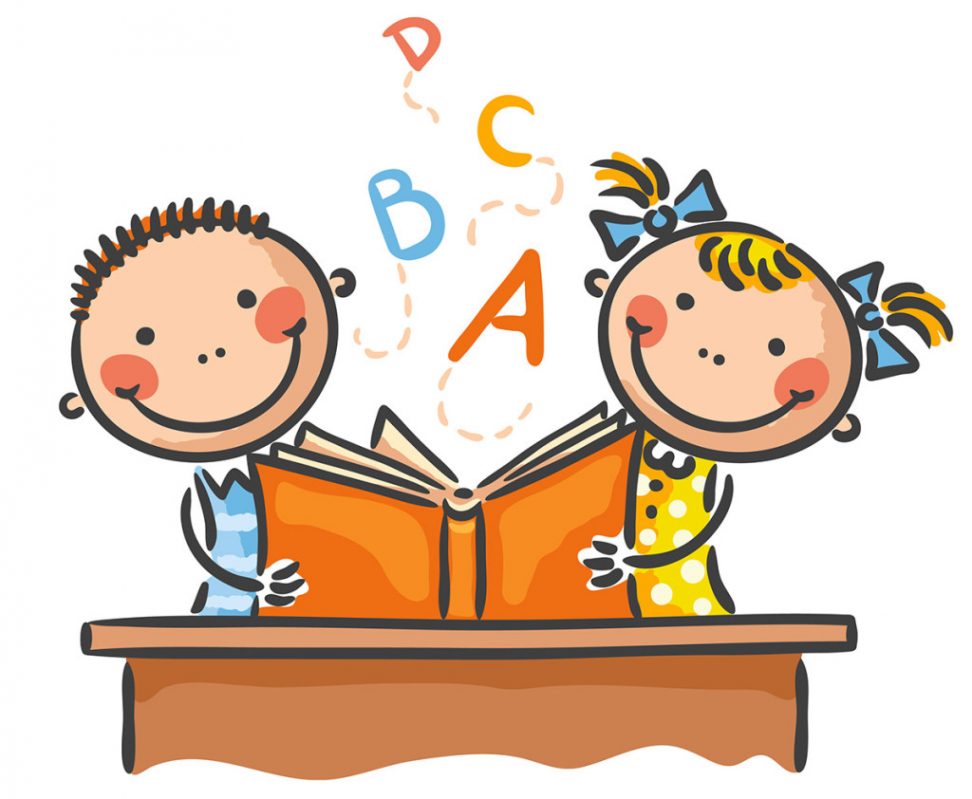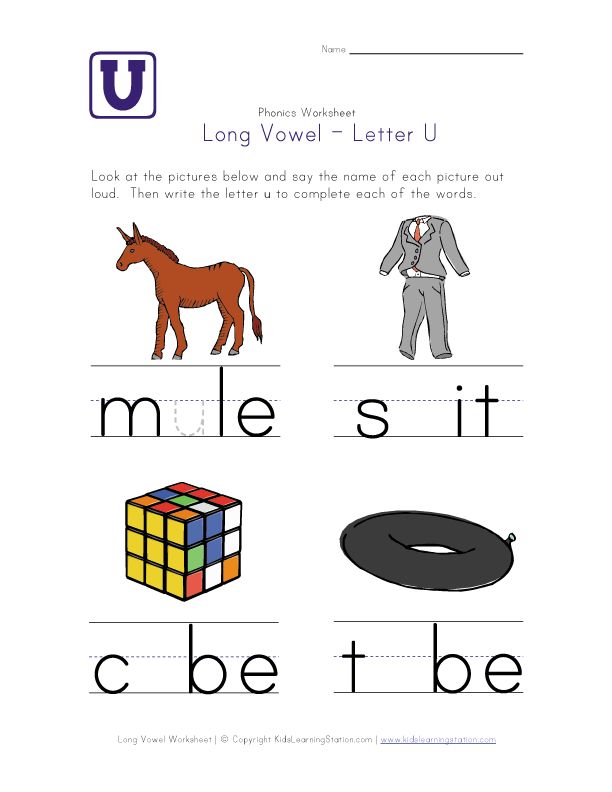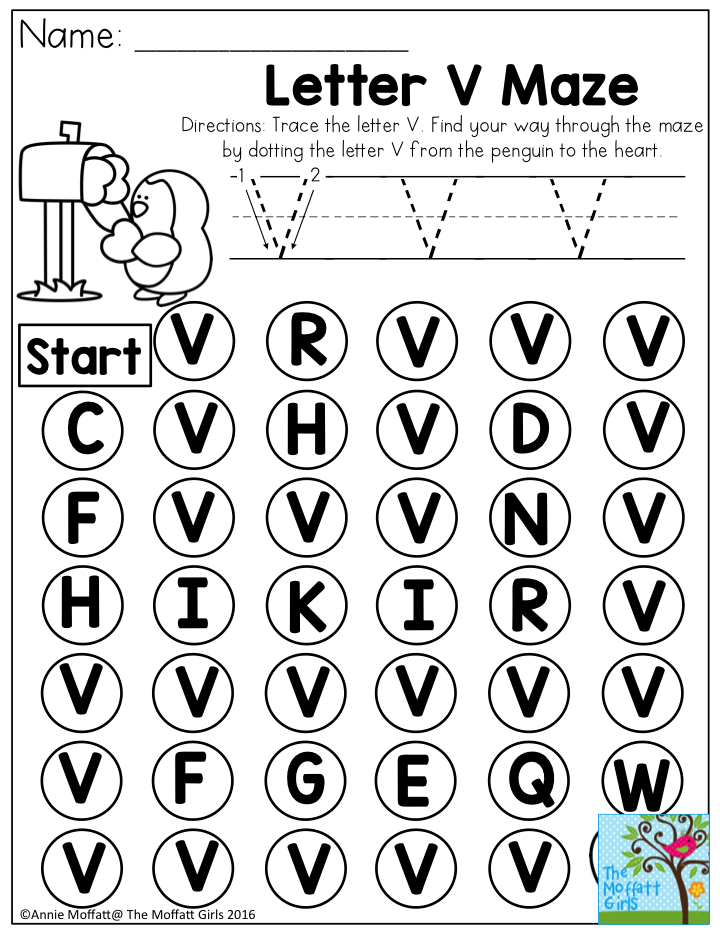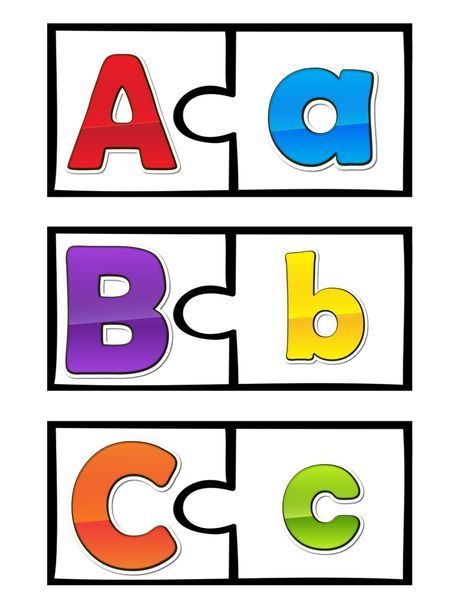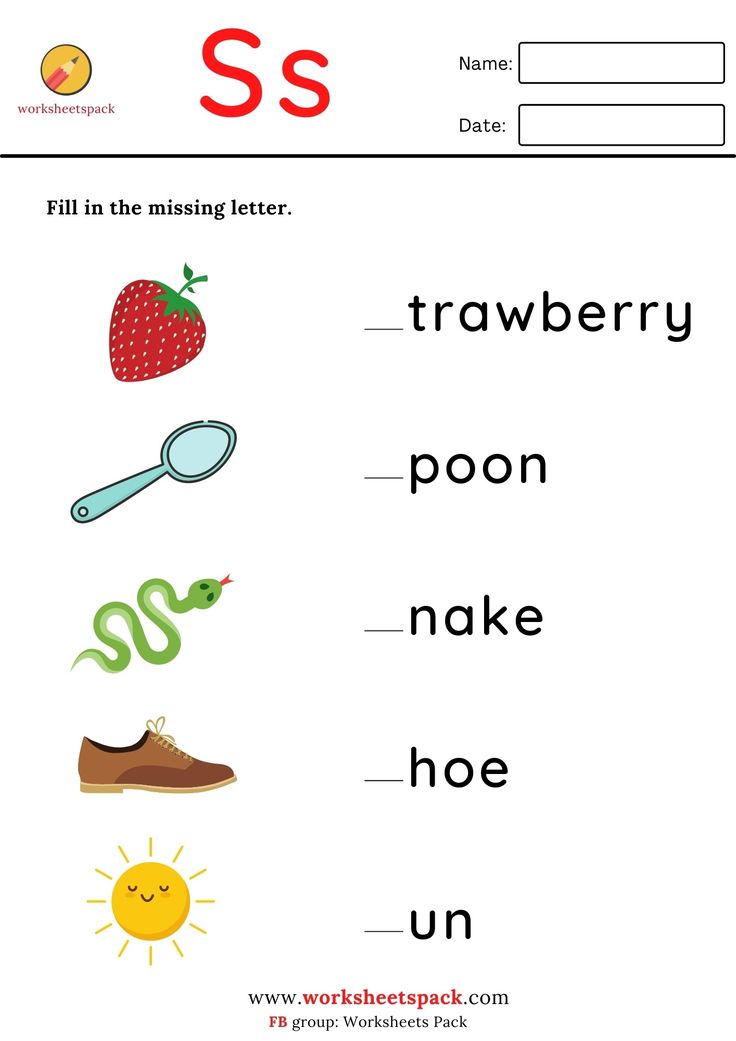Learn to read classes
Learn2Read - Best online phonics classes for your child
HOW WILL PHONICS HELP YOUR CHILD LEARN TO READ?
READING RIGHT IS THE BEGINNING TO LEARNING RIGHT
A child who has learnt to read can teach himself/herself anything, which is an amazing skill for life. It's time for parents to give their kids the gift of READING at an early age with Learn2Read, an online phonics educational platform.
With our fun and interactive courses, we make sure that our phonics kids learn the right phonics concepts to read and their usage. We ensure that they learn the right words in the right way with the concepts of easy learning from letter sound with blending to improving their vocabulary and language skills. Sparkle your child's imagination and stimulate the hidden confidence with:
- Correct Pronunciations
- Spelling Rules
- Improved Comprehension
- Fluent Reading
View Curriculum
Unleash the genius within your child with our phonics curriculum
What Will Kids Learn To Read?
Learn2Read Make Kids Confident Readers of Tomorrow!
Our phonics experts provide the best way to teach children learn to read English phonics with the help of courses for every age group curated. The child friendly curriculum focuses on correct pronunciations, spelling skills, improved comprehension and fluent reading.
TESTIMONIALS
Our Parents Feedback
We take pride in the valuable feedback shared with us by the parents and guardians who trust us with their child’s present and future.
Easy Pace of Learning Where Children Never Gets Exhausted
Our Fun Interactive Phonics Curriculum
Learn2Read believes that each child is gifted and with the right guidance and encouragement can achieve amazing feats. Our courses have been designed by phonics experts keeping in mind the needs and attention span of that age group and ensures that every child achieves that milestone before advancing forward.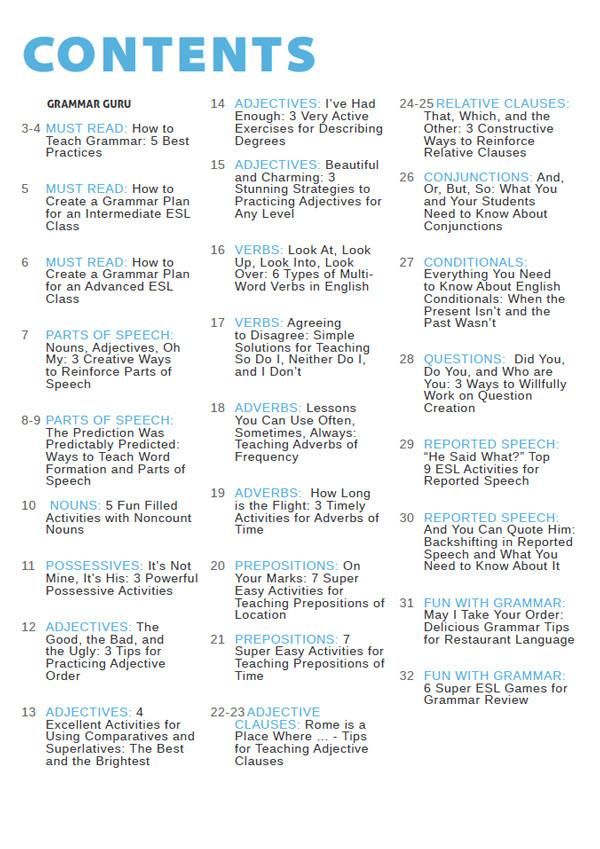
Our curriculum is divided into the following 5 courses which caters to each age group and stage of learning:
Learn To Read Phonics for Young Readers of Tomorrow
Words of Wisdom
“Reading is essential for those who seek to rise above the ordinary.” – Jim Rohn
Phonics is a fun and child centered approach to teaching languages like English through the phonics sounds, letter recognition, tricky words, spelling, pronunciation, tricky words, read and comprehend, blending and segmentation of the letters.
We introduce early learners to 42 letter sounds parallel to their learning of the 26 alphabets in the English language. This makes it much easier and faster for the young minds to identify each letter and sharpen their word building techniques.
Learn2Read will make reading easy for children and make them
"Young Readers Of Tomorrow At An Early Age"
Enter details to book a free demo here!
Learn2Read - Best online phonics classes for your child
HOW WILL PHONICS HELP YOUR CHILD LEARN TO READ?
READING RIGHT IS THE BEGINNING TO LEARNING RIGHT
A child who has learnt to read can teach himself/herself anything, which is an amazing skill for life.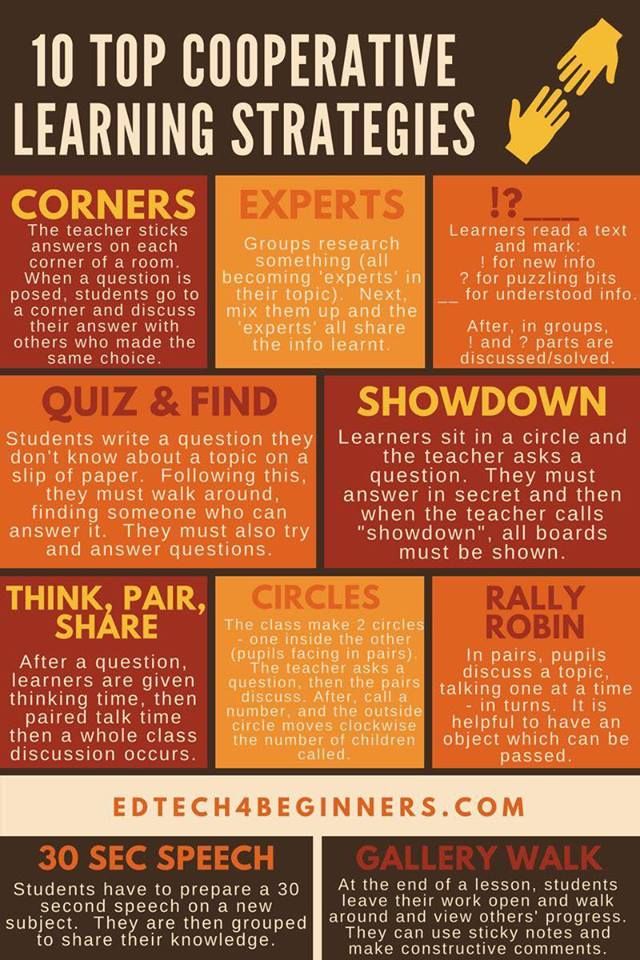 It's time for parents to give their kids the gift of READING at an early age with Learn2Read, an online phonics educational platform.
It's time for parents to give their kids the gift of READING at an early age with Learn2Read, an online phonics educational platform.
With our fun and interactive courses, we make sure that our phonics kids learn the right phonics concepts to read and their usage. We ensure that they learn the right words in the right way with the concepts of easy learning from letter sound with blending to improving their vocabulary and language skills. Sparkle your child's imagination and stimulate the hidden confidence with:
- Correct Pronunciations
- Spelling Rules
- Improved Comprehension
- Fluent Reading
View Curriculum
Unleash the genius within your child with our phonics curriculum
What Will Kids Learn To Read?
Learn2Read Make Kids Confident Readers of Tomorrow!
Our phonics experts provide the best way to teach children learn to read English phonics with the help of courses for every age group curated.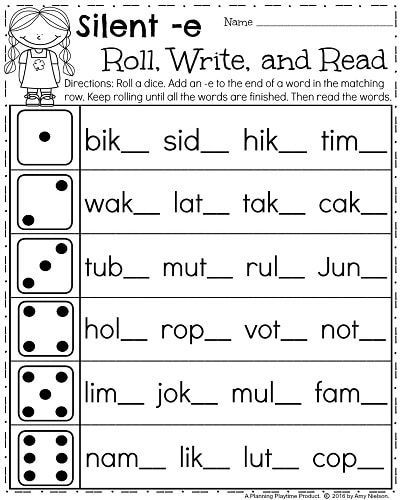 The child friendly curriculum focuses on correct pronunciations, spelling skills, improved comprehension and fluent reading.
The child friendly curriculum focuses on correct pronunciations, spelling skills, improved comprehension and fluent reading.
TESTIMONIALS
Our Parents Feedback
We take pride in the valuable feedback shared with us by the parents and guardians who trust us with their child’s present and future.
Easy Pace of Learning Where Children Never Gets Exhausted
Our Fun Interactive Phonics Curriculum
Learn2Read believes that each child is gifted and with the right guidance and encouragement can achieve amazing feats. Our courses have been designed by phonics experts keeping in mind the needs and attention span of that age group and ensures that every child achieves that milestone before advancing forward.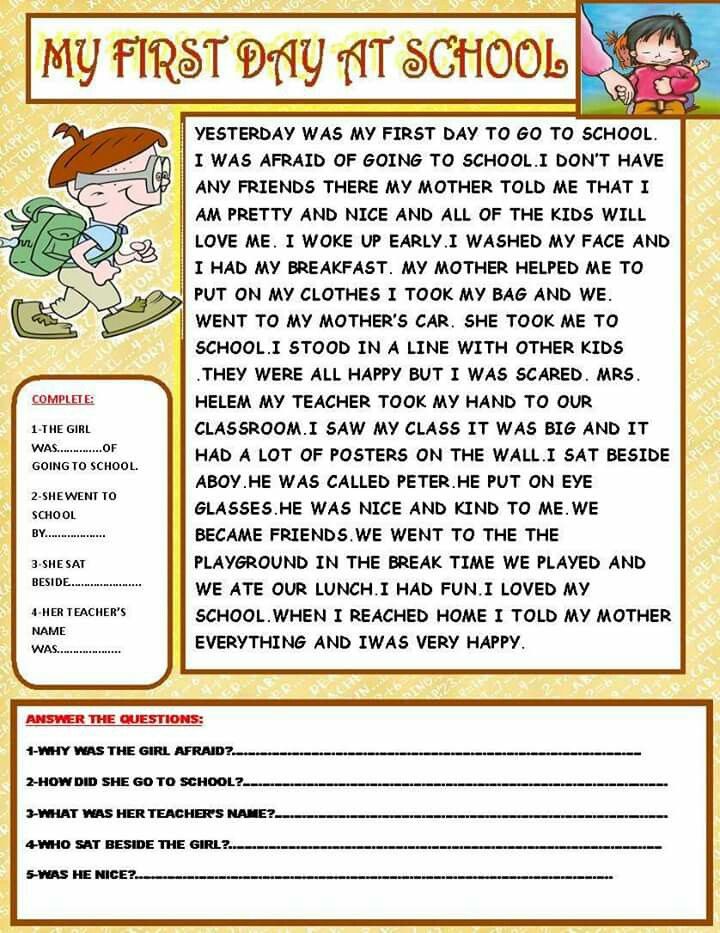
Our curriculum is divided into the following 5 courses which caters to each age group and stage of learning:
Learn To Read Phonics for Young Readers of Tomorrow
Words of Wisdom
“Reading is essential for those who seek to rise above the ordinary.” – Jim Rohn
Phonics is a fun and child centered approach to teaching languages like English through the phonics sounds, letter recognition, tricky words, spelling, pronunciation, tricky words, read and comprehend, blending and segmentation of the letters.
We introduce early learners to 42 letter sounds parallel to their learning of the 26 alphabets in the English language. This makes it much easier and faster for the young minds to identify each letter and sharpen their word building techniques.
Learn2Read will make reading easy for children and make them
"Young Readers Of Tomorrow At An Early Age"
Enter details to book a free demo here!
methods of teaching reading to the first grade
When to teach a child to read
There are early development studios where children are taught to read from the first years of life. However, pediatricians do not recommend rushing and advise starting learning to read no earlier than 4 years old, best of all - at 5–6. By this age, most children already distinguish sounds well, can correctly compose sentences and pronounce words. Therefore, most often parents think about how to teach their child to read, already on the eve of school. nine0005 Source: unsplash.com / @jonathanborba
However, pediatricians do not recommend rushing and advise starting learning to read no earlier than 4 years old, best of all - at 5–6. By this age, most children already distinguish sounds well, can correctly compose sentences and pronounce words. Therefore, most often parents think about how to teach their child to read, already on the eve of school. nine0005 Source: unsplash.com / @jonathanborba
How to know if your child is ready to learn to read
Before you start teaching your child to read, you need to make sure that the child is ready and wants to learn. To do this, try to answer the following questions:
- Does the child know the concepts of “right-left”, “big-small”, “inside-outside”?
- Can he generalize objects according to these characteristics?
- Can he distinguish between similar and dissimilar forms?
- Is he able to remember and execute at least three instructions? nine0013
- Does he form phrases correctly?
- Does he pronounce words clearly?
- Can he retell a story he heard or experienced?
- Can he formulate his feelings and impressions?
- Can you predict the ending of a simple story?
- Does he manage to participate in the dialogue?
- Can he listen without interrupting?
- Can he rhyme words?
- Do the letters attract his attention?
- Does the child have a desire to independently look at the book? nine0013
- Does he like being read aloud to him?
If you answered “yes” to these questions, your child is ready and will soon learn to read correctly.
Methods for teaching reading
Most of the methods involve learning while playing, so that the child is not bored and learns knowledge better.
<
Zaitsev's Cubes
For more than twenty years, these cubes have been introducing children to letters and teaching how to form words and syllables. They allow you to understand how vowels and consonants, deaf and voiced sounds differ. There are 52 cubes in total, each of which depicts warehouses (combinations of a consonant and a vowel). The cubes vary in color and size, the large ones depict hard warehouses, while the small ones are soft. During classes, parents are encouraged to pronounce or sing warehouses so that the child remembers them better. nine0005 K Zaitsev's ubiki
Source: moya-lyalyas.ru
Vyacheslav Voskobovich's "towers" and "folds"
windows. You can put cubes in them to make syllables. And from several towers you can make a word.
Voskobovich's "towers"Source: catalog-chess.
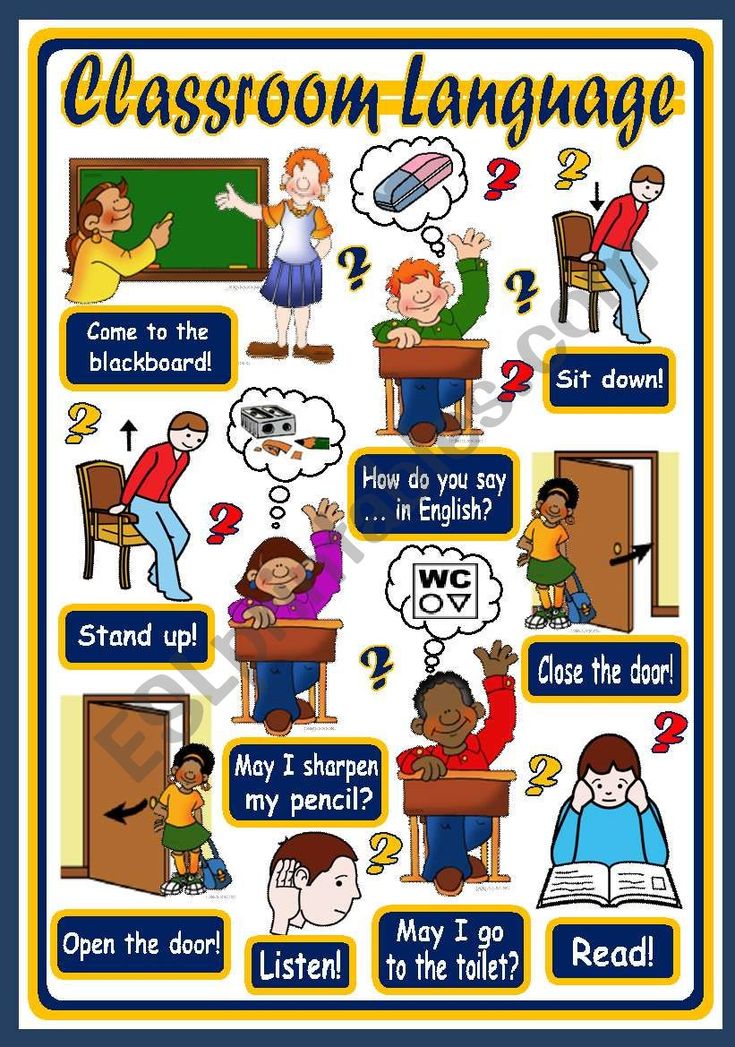 ru
ru Skladushki is a book with pictures, educational rhymes and songs. Parents sing them and in parallel show the warehouses in the pictures. The author of the methodology claims that a child of six years old can be taught to read in a month using "folds". nine0005 A page from V. Voskobovich's "folds"
Doman's cards
This method of teaching a child to read is based on memorizing whole words, from simple to more complex. First, the child masters the first 15 cards, which the parent shows him for 1-2 seconds and pronounces the words on them. Then the child tries to memorize phrases. This technique helps not only to learn more words, but also develops memory well in general.
Doman cardsSource: friendly-life.ru/kartochki-domana-dlya-samyh-malenkih
Maria Montessori's method of teaching reading
The essence of the Montessori method is that the child is first asked to feel the writing of a letter, and then pronounce it.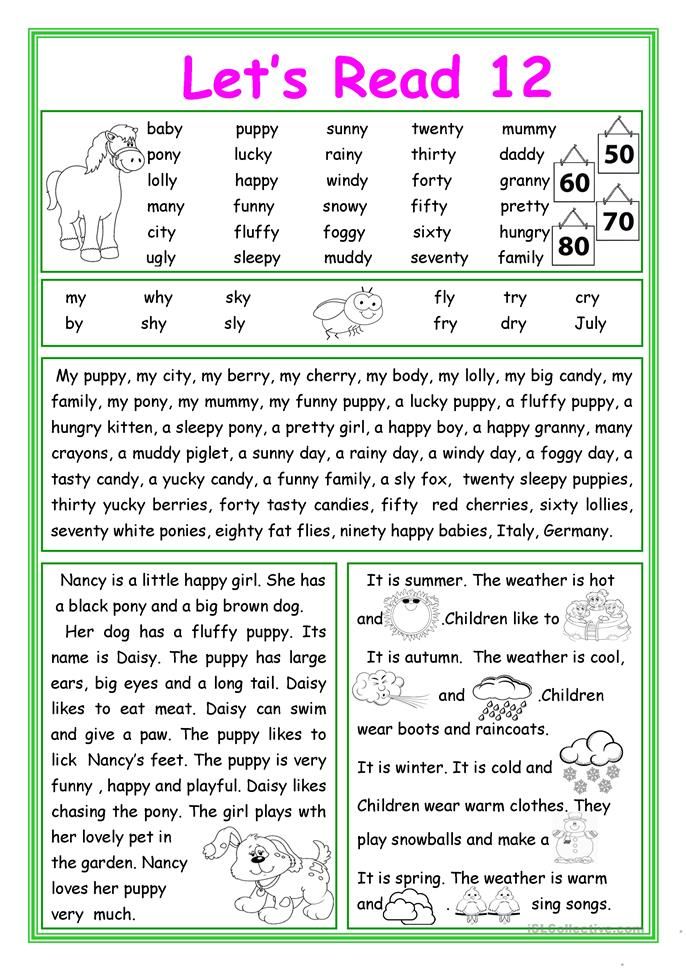 For this, didactic materials are used - cardboard plates with pasted letters, the outline of which the child traces with his finger, naming the sound. After studying consonants and vowels, you can move on to words and phrases. The Montessori method not only helps to learn to read, but also develops fine motor skills, logic, and the ability to analyze. nine0005 Montessori cards are easy to make yourself.
For this, didactic materials are used - cardboard plates with pasted letters, the outline of which the child traces with his finger, naming the sound. After studying consonants and vowels, you can move on to words and phrases. The Montessori method not only helps to learn to read, but also develops fine motor skills, logic, and the ability to analyze. nine0005 Montessori cards are easy to make yourself.
Source: hendmeid.guru
Olga Soboleva's technique
The author of this technique believes that you need to start learning not from the abstract alphabet, but immediately in practice - by analyzing simple texts. The Soboleva program allows you to teach a child to read from the age of five - at this age, children are already able to keep their attention on a line of text. Different approaches are offered depending on how it is easier for a child to perceive the world - by eye, by ear or by touch. In addition to reading skills, the technique develops interest in creativity, imagination, attention and memory.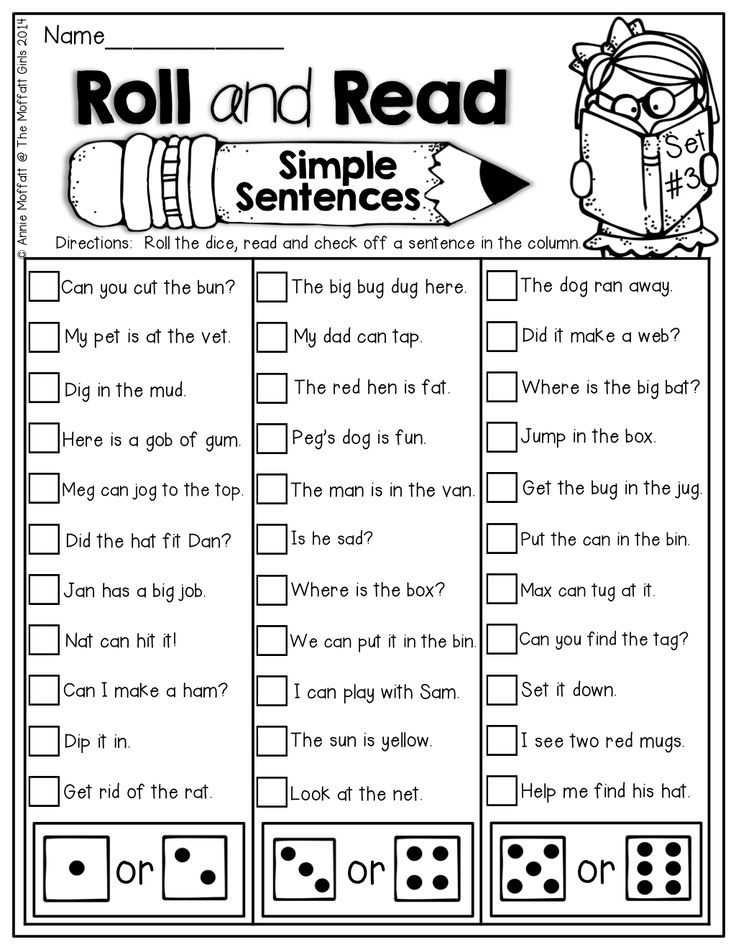 nine0005 Source: freepik.com / @gpointstudio
nine0005 Source: freepik.com / @gpointstudio
How to teach a child to read by syllables
Teaching a child to read by syllables should be done in stages. First, explain to him that sounds are vowels and consonants, deaf and voiced. Say them with the child - he must understand how they differ. Letters and sounds can be learned while walking: draw your child's attention to the letters on signs and announcements, and soon he will learn to recognize them.
When the child has mastered the letters and sounds, start teaching him to read simple words - "mom", "dad". Then move on to more complex ones - “grandmother”, “dog”, “apartment”. Show your child that syllables can be sung. nine0005 Syllabary for learning to read
Next, move on to word formation. You can cut cards with syllables and invite the child to make words out of them. When he gets comfortable, move on to reading short texts. It is better to start with two or three phrases, and a little later switch to texts of five to ten sentences.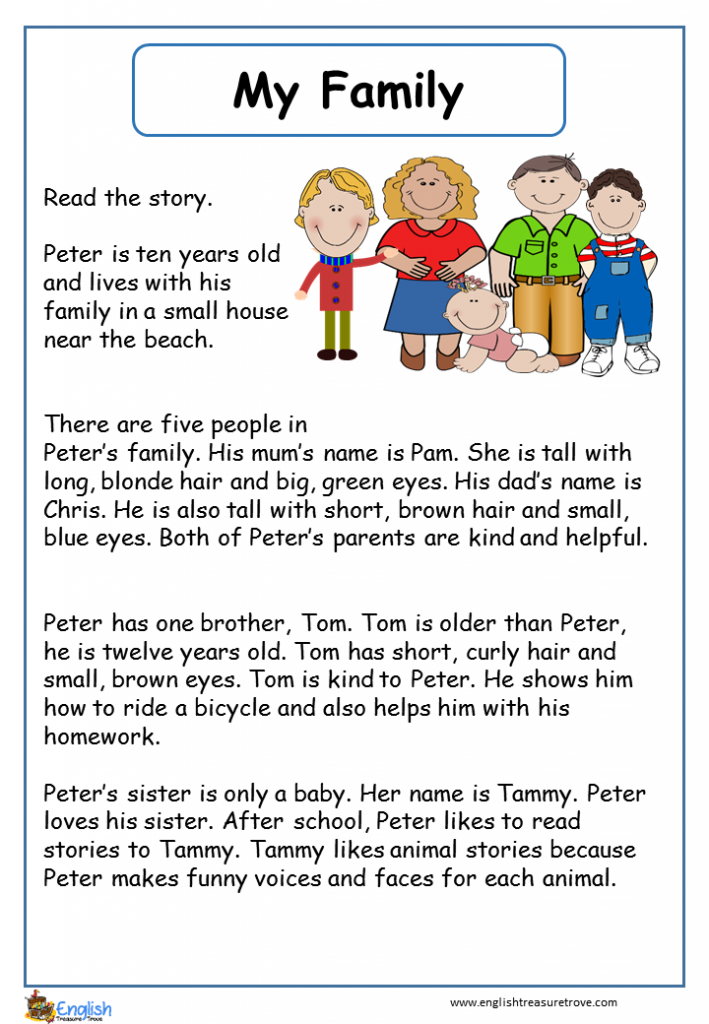
To enroll in Foxford Online Elementary School, a child must have at least basic reading, numeracy and writing skills. To check the readiness of the child for school, we offer to pass a small test that does not require special preparation. nine0005 Source: freepik.com
Exercises for learning to read
There are many exercises on the Internet that help children learn to read, you can print them out and start learning right away. Start with exercises that teach you to recognize letters and tell correct spellings from incorrect spellings.
From O. Zhukova's manual “Learning to read. Simple Exercises.Source: mishka-knizhka.ru
When the child gets used to the letters, move on to the exercises for syllables. For example, like this:
Geometric hint exercise. For greater clarity, blocks with words can be cut out.
Such exercises not only teach reading, but also develop logical thinking well:
Gradually move on to exercises where you need not only to read correctly, but also write words:
One of the most difficult and entertaining exercises is fillords: you need to find and cross out the words on the field of letters.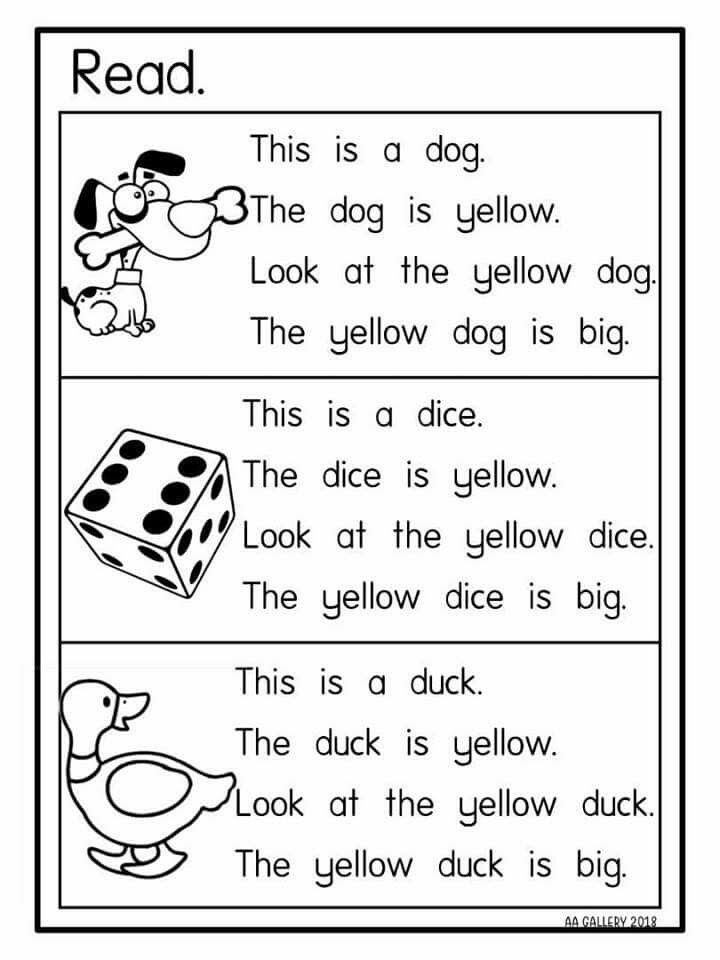
Games for learning to read
With the help of cubes or cards with letters and syllables, you can play different educational games with your child. Let's take a few examples.
Garages
Take a word of 3-4 syllables and place the cards in random order on the floor. Explain to the child how these syllables are read. These will be garages. Give the child different toys and offer to send them to the garage as you wish: for example, the car goes to the TA garage, the bear goes to the RA garage, the ball rolls to the KE garage, and so on. Make sure your child is positioning the toys correctly. At the end of the game, invite the child to make a word from garage syllables. Perhaps not the first time, but he will get a "ROCKET". Gradually introduce new syllables into the game. nine0005
<
Store
Lay out images of various goods on the table - this is a store, and you are a seller. Give your child a stack of cards with syllables - they will function as money.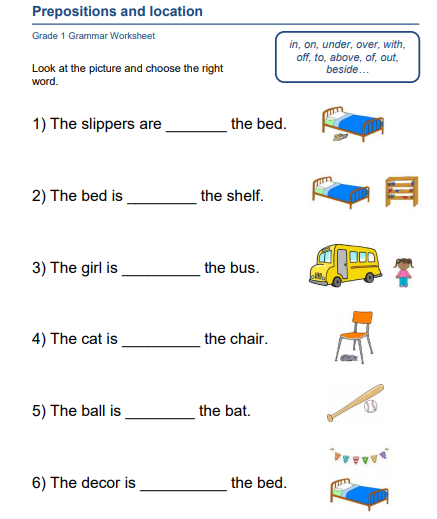 The child needs to buy all the items in the store, but each item is only sold for the syllable it starts with. For example, fish can only be bought for the syllable "RY", milk - for the syllable "MO", and so on. Give your child a few extra cards to make the task more difficult. When he gets used to it, change the conditions of the game: for example, sell goods not for the first, but for the last syllables. The game is both simple and complex: it will allow the child to understand that words are not always spelled the way they are pronounced. After all, a cow cannot be bought for the syllable "KA", for example. nine0005
The child needs to buy all the items in the store, but each item is only sold for the syllable it starts with. For example, fish can only be bought for the syllable "RY", milk - for the syllable "MO", and so on. Give your child a few extra cards to make the task more difficult. When he gets used to it, change the conditions of the game: for example, sell goods not for the first, but for the last syllables. The game is both simple and complex: it will allow the child to understand that words are not always spelled the way they are pronounced. After all, a cow cannot be bought for the syllable "KA", for example. nine0005
Lotto
Game for several people. Give the children several cards with syllables. Take out the cubes with syllables one by one from the box and announce them. Whoever has a card with such a syllable - he takes it. The first person to complete all the cards wins. During the game, children will accurately remember the syllables that they had on their hands.
Summary
Finally, a few more tips on how to teach a child to read:
- It is better to start teaching children to read by memorizing letters.
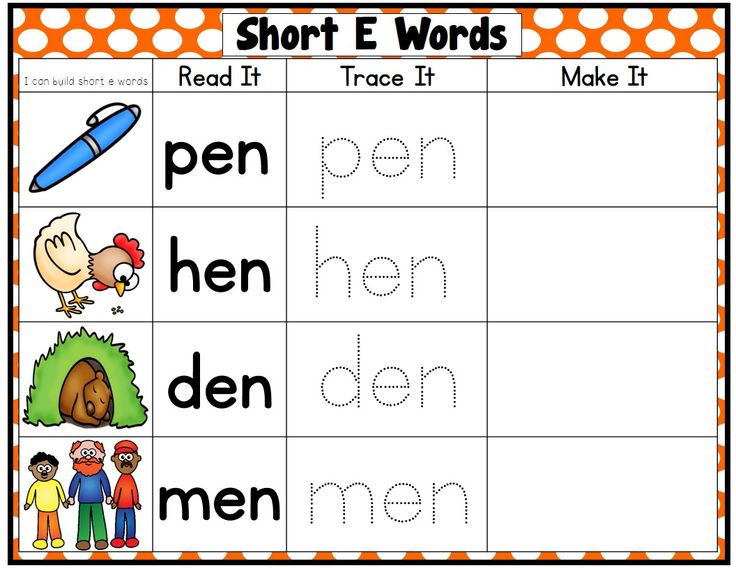 It is important that the child can recognize and name them without hesitation. nine0013
It is important that the child can recognize and name them without hesitation. nine0013 - In the early stages, pronounce the consonants as they are read in words: not [em], [el], [de], but [m], [l], [d] - this way it will be easier for the child to find his bearings.
- Sculpt letters from plasticine, draw and color, buy an alphabet with voice acting - use all the channels of the child's perception.
- Gradually build letters into syllables and then into words. Play rearranging letters and syllables, let the child experiment.
- Teach your child rhymes about the letters of the alphabet, look at the primer, use cards with letters and pictures. Thanks to the illustrations, the child will be able to memorize the symbols faster. nine0013
- Distribute the load: fifteen minutes a day is better than an hour twice a week. Alternate entertaining and serious tasks.
- You can hang signs with their names on objects in the child's room - the child will quickly learn to recognize them in texts.
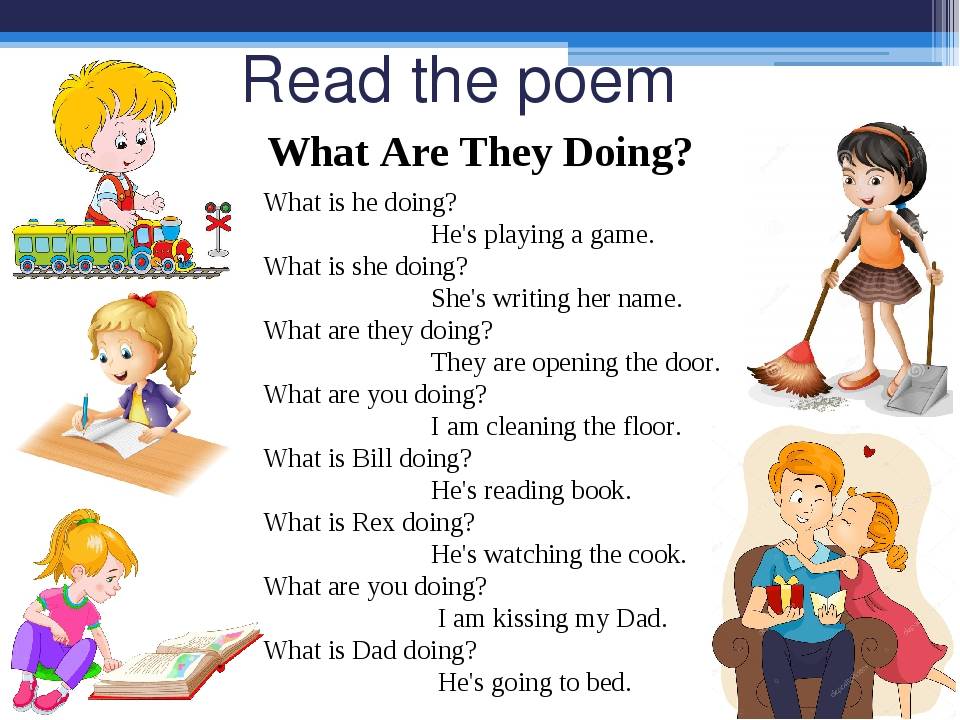
- Read aloud regularly to your child and gradually introduce them to independent reading. Every evening, offer to read at least a few lines from a well-known book on your own.
- Lead by example. For a child to want to learn to read, he must regularly see you with a book. nine0013
We hope that our recommendations will help you teach your preschooler to read. Even if your child is just learning to read, at Foxford Elementary School he will be able to improve his skills.
How to teach to read, or a brief overview of methods of teaching reading
How to teach a child to read? How to make this process fun and interesting? What is the best age to start learning to read? These and many other similar questions concern modern parents. nine0006 I am glad that the question “How to get a child to read?” is a thing of the past.
Modern society is inclined to ensure that any "learning" becomes voluntary, the task of the teacher and parent is to motivate for some new action, to make the learning process such that the child himself wants to learn.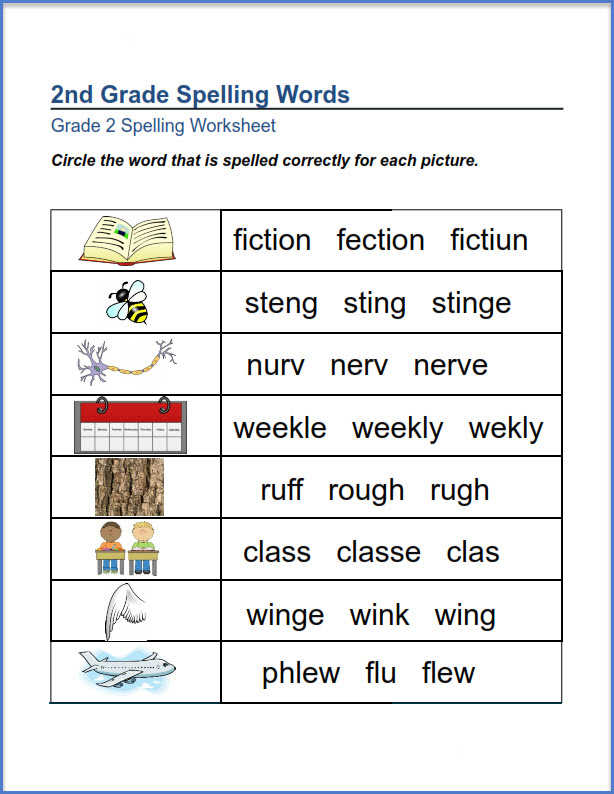
Learning to read is an important topic for parents of preschoolers. So how do you make this process fun and literate?
Many parents begin to teach reading "on a whim", which sometimes leads to sad results: either the child loses the desire to learn to read, or when entering grade 1, a small student has problems in mastering some topics related to the spelling and pronunciation of words. Sometimes the two problems go hand in hand. nine0005
You might be interested in the online conference “Reading. Motivation. Children”
So, in order to avoid mistakes, here are some of the most common methods of teaching reading.
It is worth considering that when writing an article I rely on a purely personal perception of methods and on personal experience as a primary school teacher.
Many are familiar from the school curriculum.
Based on phonetics - teaching the pronunciation of letters and sounds.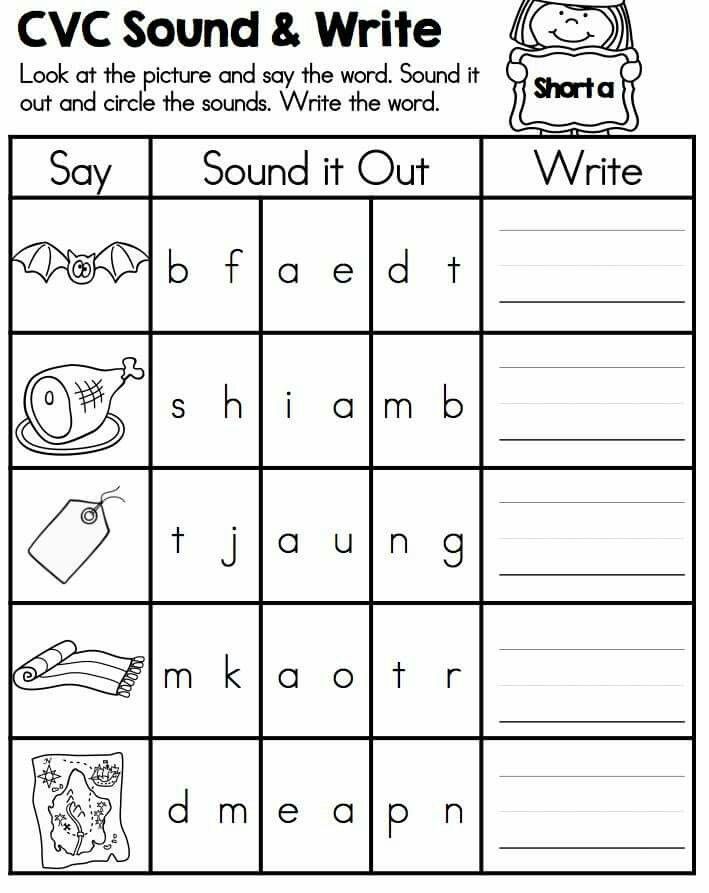 This is a sound, or otherwise, phonetic method that develops a child's phonemic hearing, allows you to hear and highlight sounds in words. This technique does not require a lot of expensive teaching didactic material in the form of cards, diagrams, notebooks. nine0006 There are plenty of games and exercises to help your child learn to isolate sounds from speech while playing on the go.
This is a sound, or otherwise, phonetic method that develops a child's phonemic hearing, allows you to hear and highlight sounds in words. This technique does not require a lot of expensive teaching didactic material in the form of cards, diagrams, notebooks. nine0006 There are plenty of games and exercises to help your child learn to isolate sounds from speech while playing on the go.
The basis of the traditional way of teaching reading is, first of all, acquaintance with sound, learning to distinguish it at the beginning, middle, end of a word, and only then acquaintance with its lettering in writing.
Parents often make a common mistake: they buy bright cubes that speak alphabets, manuals, where a certain image is assigned to a specific letter (A-Watermelon, H-Teapot, etc.) The child remembers the image-letter, but it is difficult for him to read the word , because it is necessary to carry out analytical work, which is still beyond the strength of a preschooler.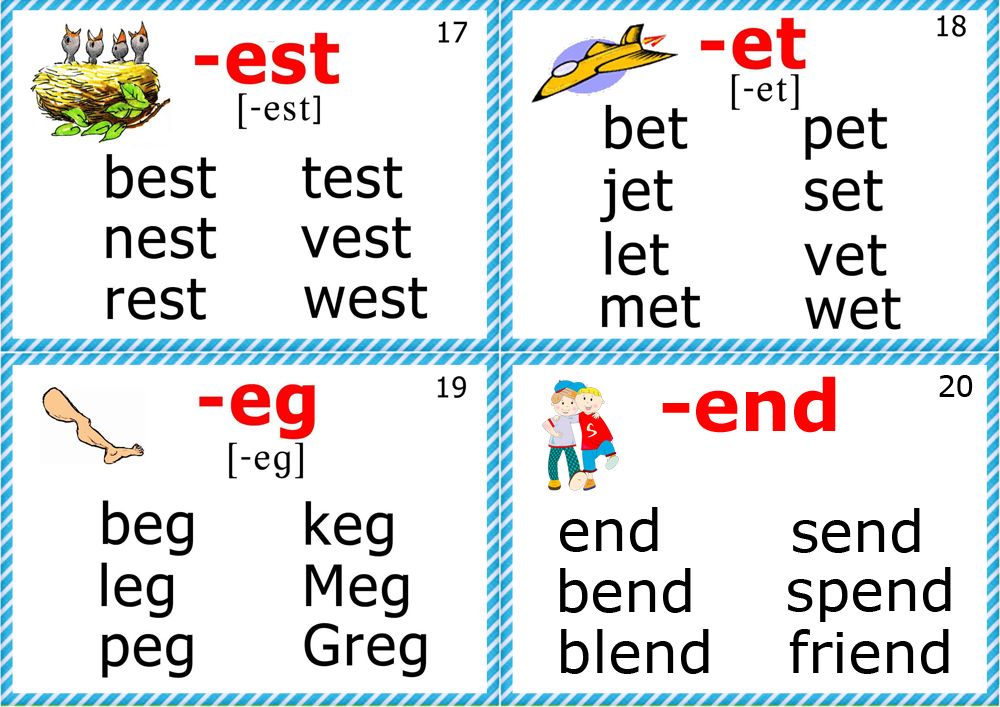 nine0092
nine0092
It's good when parents comment on learning and teach a child to single out individual sounds in words, they conduct a syllable-sound analysis of words. Let's summarize: the sound method of teaching reading begins with an acquaintance with the sound, proceeds to the image of this sound in writing, and as a fixation, the correct correlation of sounds and letters. Training involves learning to read on the basis of warehouses. The only negative that can “emerge” in elementary school is that the topic of studying the composition of a word is difficult to be given in the future. are not learned, their style is remembered in the game. All cubes differ in size, color and sound that they make so that the child in the learning process can feel the difference between a consonant and a vowel, hard and deaf, voiced and soft. nine0005 So, a wonderful method for teaching reading to individuals or in small groups. And, it is worth noting, a parent who has decided to deal with a child using this method should still understand well that learning should take place through a game, and not through the usual connection of cubes. It is clear that at home it is difficult to do, as it requires certain financial costs and laborious work on the production of didactic material, but for those who wish to send their child to Montessori groups, a few words about learning to read according to this program This is probably the only method in which the material is distributed for kinesthetics, auditory and visual learners separately, since the principle of learning is based on the "two-hemispheric" work of the brain. The associative method of memorizing both individual letters and rules, exercises is used - everything is learned jokingly, playing. For example, at the initial stage, a letter can be laid out from buttons, molded - an excellent job for kinesthetics; with a letter, you can make a small couplet - why not a memory for audials? H and in my opinion, this system of education is perfect for creative children and parents, teachers, but it will be meaningless for those who prefer a strict structure, logic. nine0092 It is based on the traditional method, but with original features. Of course, these are not all methods of teaching reading, one could also mention the system of Doman and Sergey Polyakov, do not forget the method of Pavel Tyulenev, however, all the principles of teaching come down to single rules, which, I allow myself to be combined into the following code:
Sometimes I hear the opinion that this technique is boring, requires rote memorization, evokes boredom. Ready to argue.
There are a lot of tricks when boring reading columns of syllables "pro, pra, pru" turns into an exciting game:  A warehouse is a pair of a consonant and a vowel, or a consonant and a hard or soft sign. Or one letter. With the help of this technique, reading and the logic of building words are quickly assimilated, there are many fun and outdoor games, there is no binding to a specific age
A warehouse is a pair of a consonant and a vowel, or a consonant and a hard or soft sign. Or one letter. With the help of this technique, reading and the logic of building words are quickly assimilated, there are many fun and outdoor games, there is no binding to a specific age 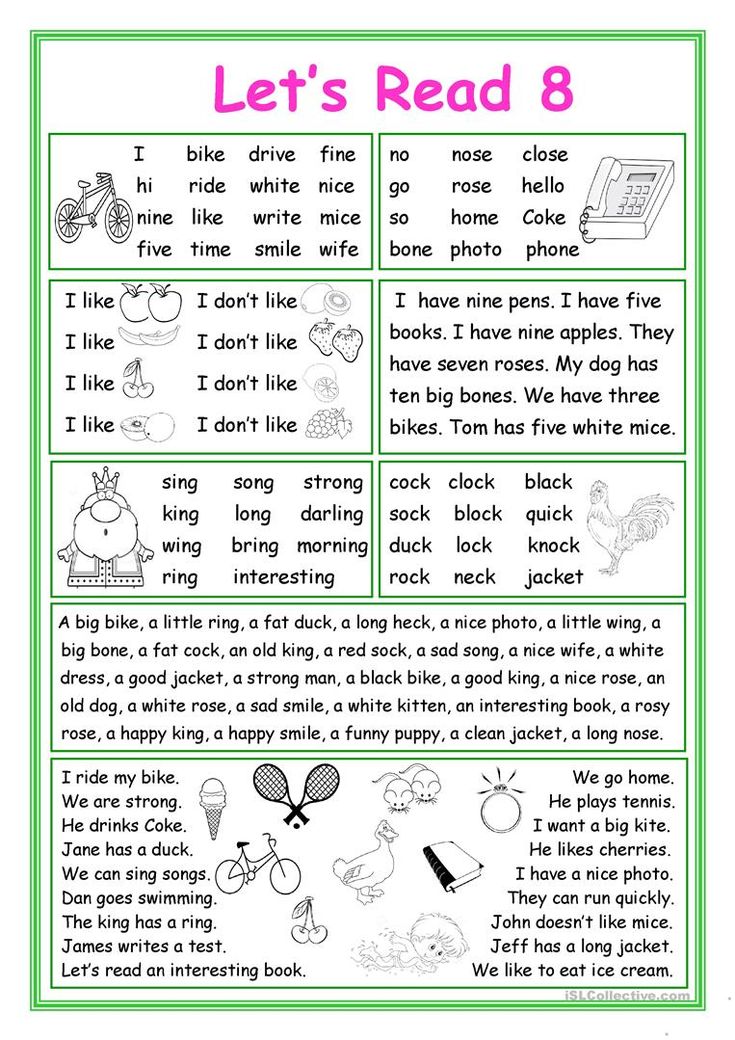
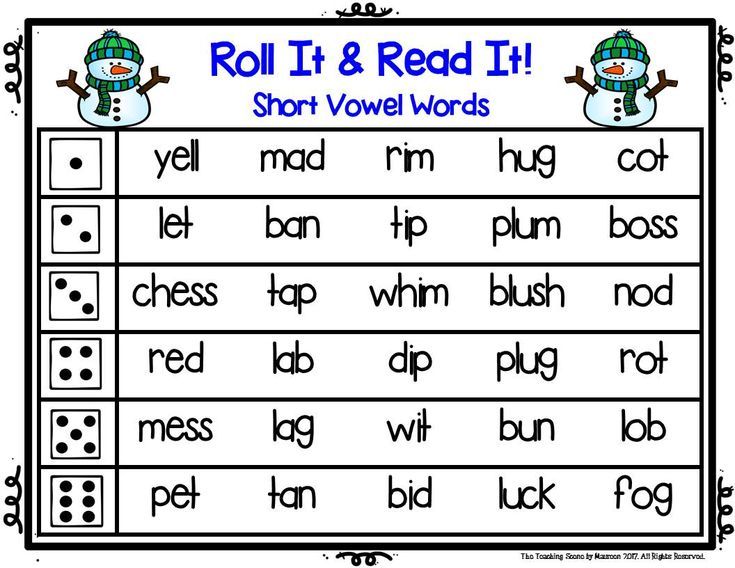
As in most methods, this one is based on the game.
Due to the associative series, the vocabulary is expanding, imagination and logic are developing. nine0005
And what about turning a letter into a fantastic image - this visual technique will surely appreciate it.
Many teaching methods in teaching reading in the classroom, of course, many teachers impose on the traditional methodology to develop cognitive interest. 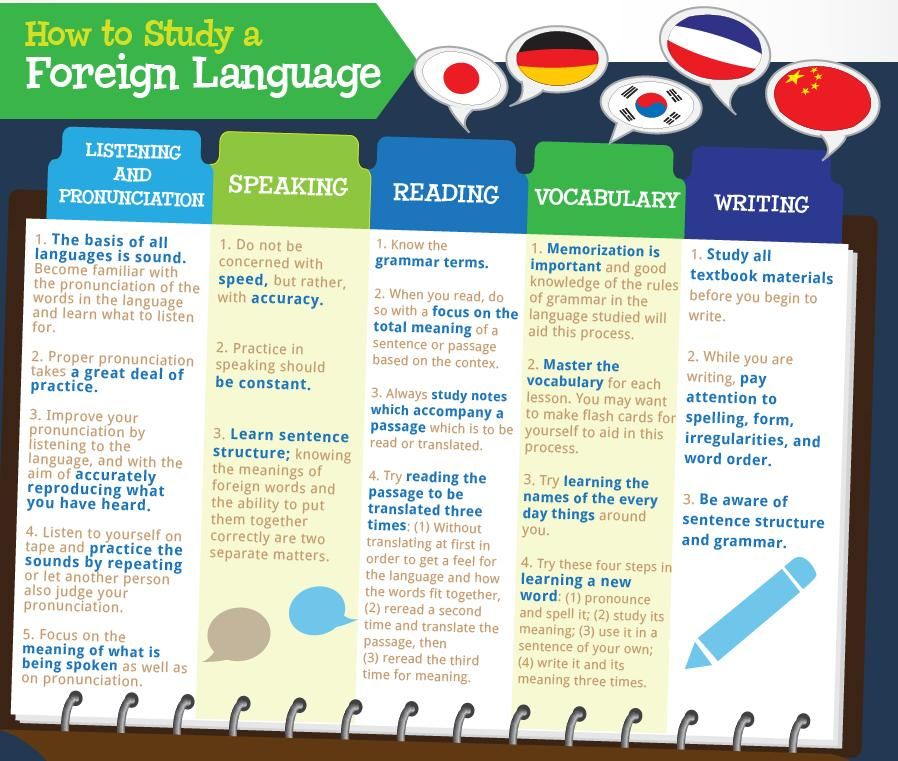 For this system, only a textbook developed by a teacher is needed, which makes the learning process accessible to everyone.
For this system, only a textbook developed by a teacher is needed, which makes the learning process accessible to everyone.
The main task of the primer is to teach the child to merge letters into syllables, and to form words from syllables. Sufficiently the same type of work throughout the entire training, which can cause denial in the child, since the sign system is still poorly perceived for him. According to the author, in speech activity, it is easier for a child to single out a syllable than a sound in a spoken word - this is what training is built on. nine0005

Learn more

